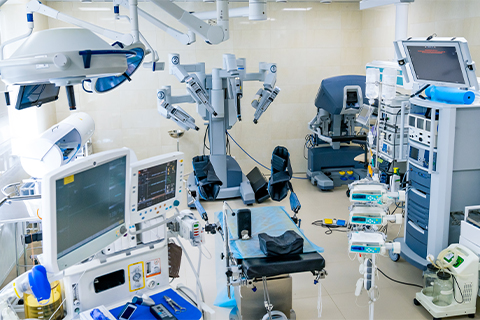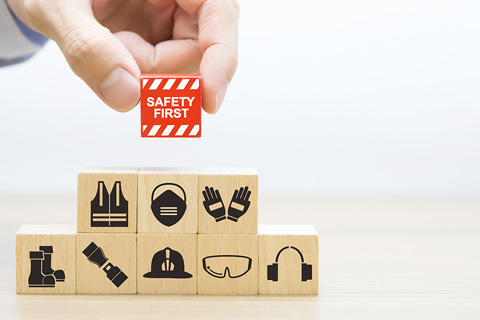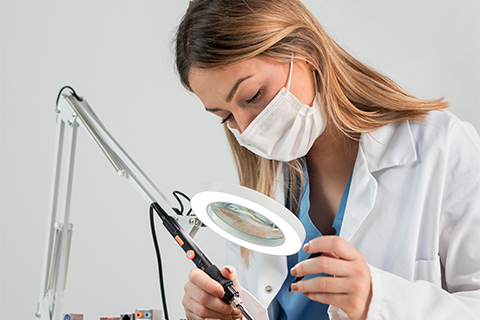Inside the EU MDR/IVDR: A Closer Look at Sampling Devices

While placing your medical device on the European Union (EU) market, obtaining CE marking is a mandatory step. This is essential to assure the end user that the devices available in the market are both safe and effective for use. A critical component for providing this assurance involves a thorough examination of the technical documentation for the medical devices.








